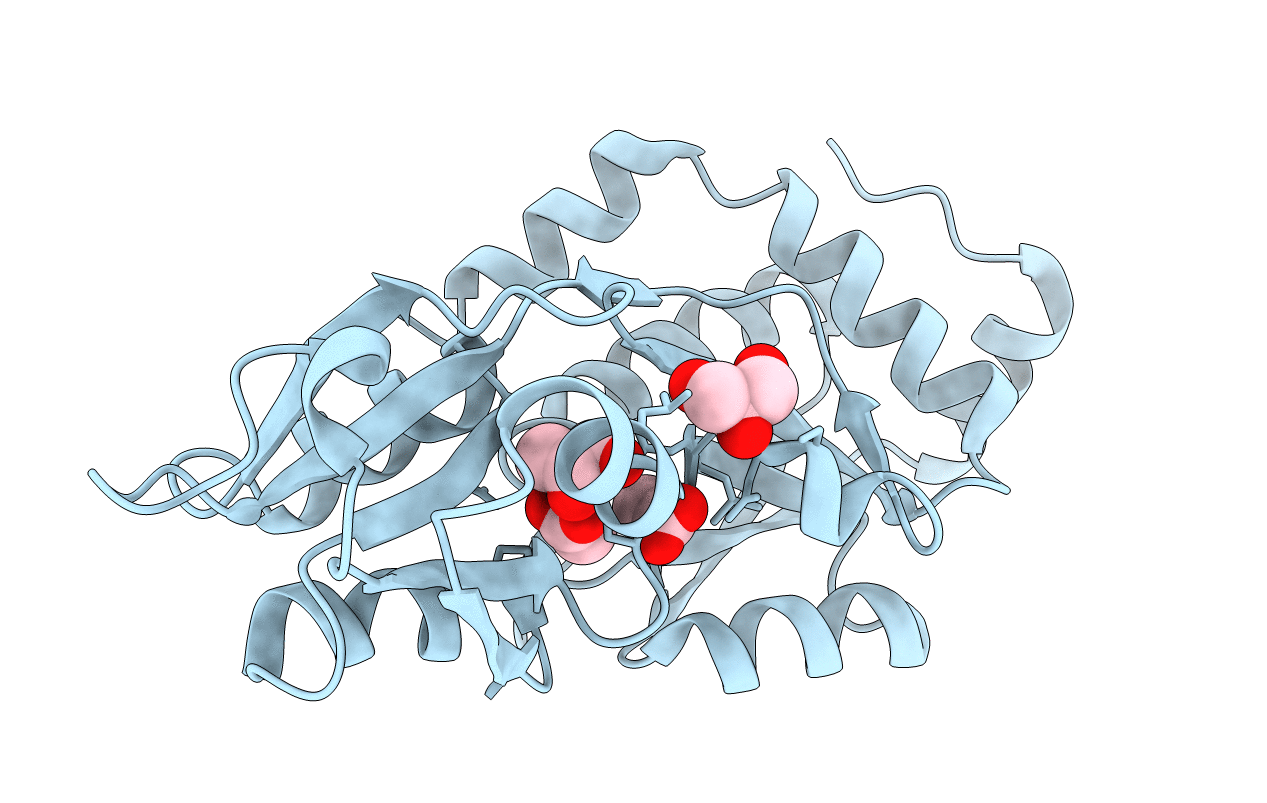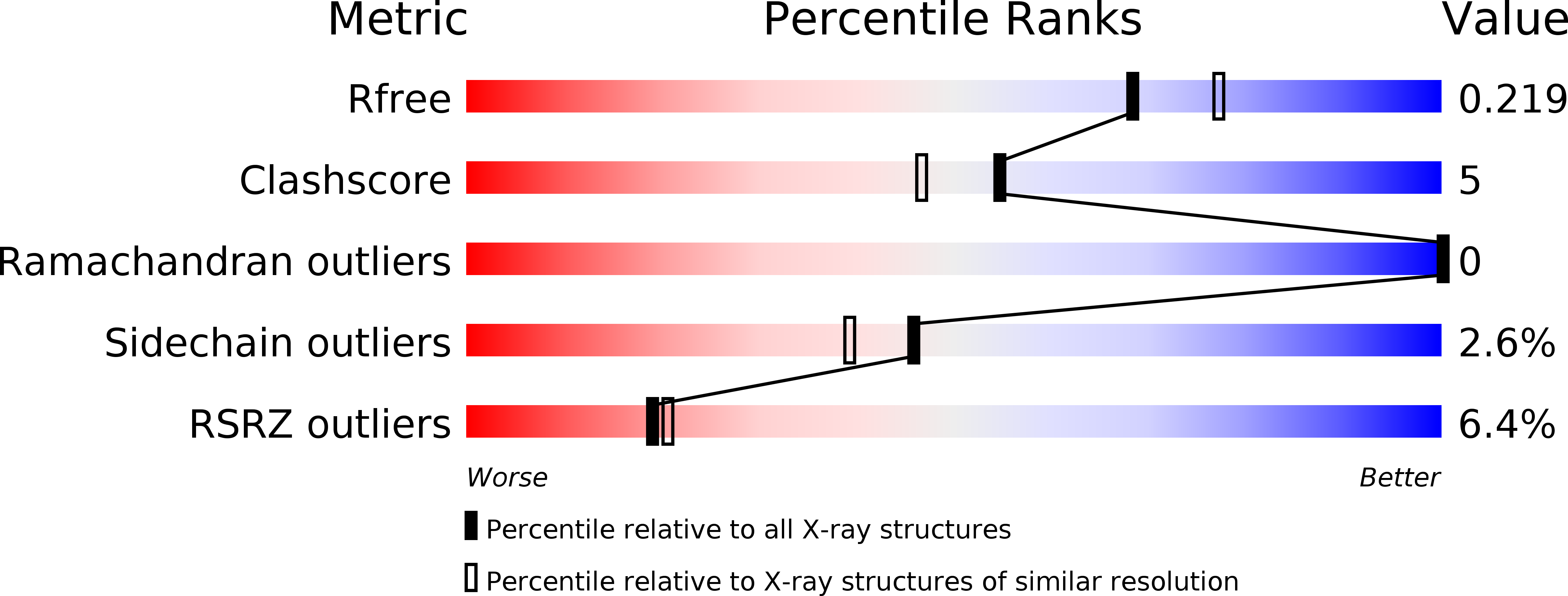
Deposition Date
2010-04-27
Release Date
2010-10-06
Last Version Date
2024-02-21
Entry Detail
PDB ID:
3MPK
Keywords:
Title:
Crystal Structure of Bordetella pertussis BvgS periplasmic VFT2 domain
Biological Source:
Source Organism:
Bordetella pertussis (Taxon ID: 257313)
Host Organism:
Method Details:
Experimental Method:
Resolution:
2.04 Å
R-Value Free:
0.21
R-Value Work:
0.17
R-Value Observed:
0.17
Space Group:
P 21 21 2


